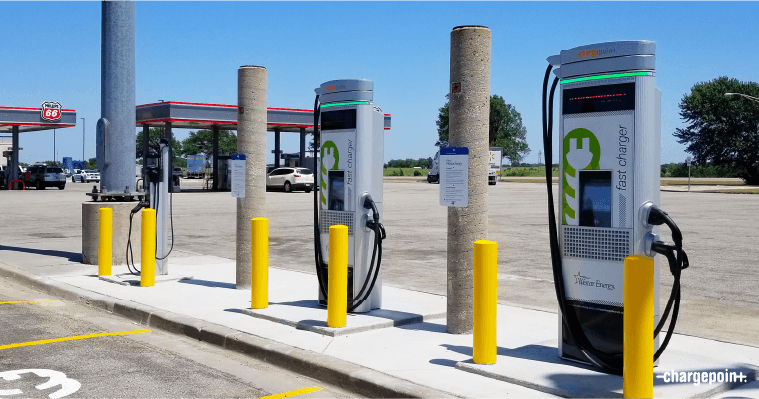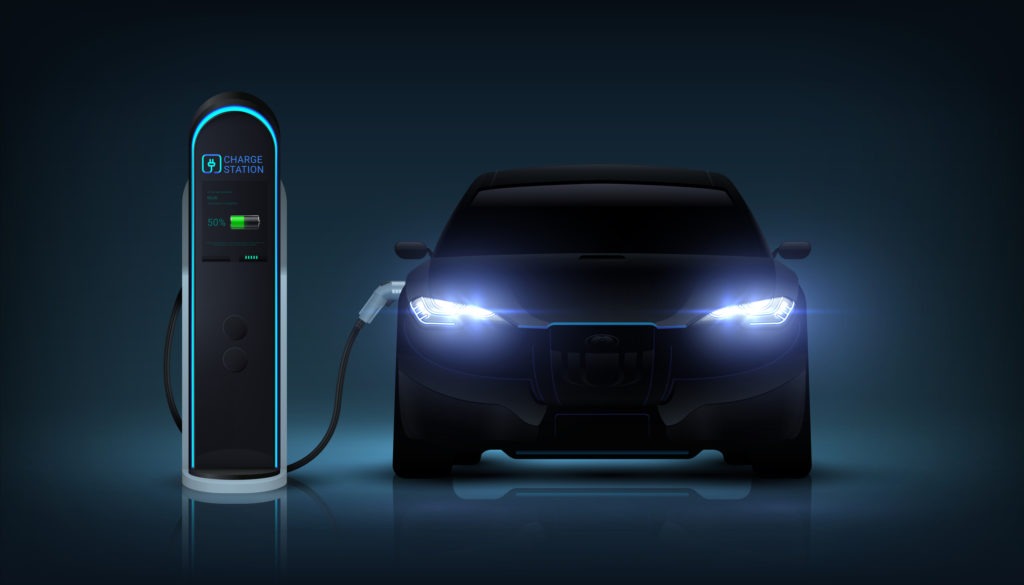The number of electric car models on the market is increasing steadily, and more are being released each quarter. With increasing popularity, more car owners are considering using an electric vehicle as a second or third car instead of just for short trips around town. This interest is set to continue as Electric Car Charging Infrastructure continues to improve and grow at an accelerated rate.
With the convenience of Electric Car Charging Infrastructure almost anywhere there’s power available, demand for Level 2 and DC fast charging stations has increased in parallel with the growth in adoption rates of electric vehicles (EVs). These chargers can charge a car from empty to full in about 30 minutes, which makes them attractive when commuters need to get back home after work or need access to their car while they’re running errands outside town.
What Are the Major Charging Infrastructure Initiatives?
In cities and suburbs across the United States, electric car charging stations are growing in number and availability. Now, about half of all new cars in the U.S. are electric. As public charging stations are now located at workplaces, up to 80 per cent of consumers can now access charging stations when they need to charge their cars.

Electric Car Charging Infrastructure is being installed at restaurants, shopping malls, and other public places where electric vehicle owners can recharge their cars. Major automakers are also installing chargers in their car dealerships and service centres. This increased availability of public charging stations has also led to more entrepreneurs installing home charging stations. Over the past few years, home charging stations have become more affordable and more widely available.
Level 2 Charging Stations
Level 2 charging stations use a standard household electricity source and are the most common charging option. These stations generally have a range of 100 to 240 volts and a maximum charging power of 5 kW. These charging stations can charge cars at a rate of 3-6 miles per hour. As with any electrical appliance, it’s important to keep the charger away from heat sources, like a grill, or objects that could short out the electrical system, like metal or plastic products.
Level 2 charging stations allow drivers to fully charge their car from empty to full in about 3 hours. These charging stations are found in public places like parking lots and shopping centres, as well as in many residential garages.
DC Fast Chargers
DC fast Electric Car Charging Infrastructure is becoming increasingly popular. While DC charging with a standard household outlet is already safe, these charging stations are designed to charge at a much faster rate than standard charging stations. These chargers can quickly add power to a car’s battery, allowing it to go from 0 to 80 per cent full in as little as 30 minutes.

DC fast charging stations are usually located in public places like parking lots and are most often supplied by businesses. Some automakers also offer their own DC fast charging stations that can be purchased as an add-on feature. DC fast charging has become very popular, with over 13,000 public charging stations and over 300,000 private charging stations worldwide. This is why DC fast charging is becoming increasingly more popular, especially in urban areas.
DC Combo Chargers
DC combo charging stations have been available in Europe and Japan for a while now. These charging stations can charge a car with a regular electrical socket with a DC charging cable. This allows a driver to charge their car at home or in a parking lot at work. The common European plug allows for use in the US, and the charging stations are widely available throughout the US.
DC combo charging stations are now also growing in popularity in the US. These charging stations can charge a car with a standard household outlet or a wall outlet with a charging cable. This allows drivers to drive their electric car from the charging station with ease, as well as charge other devices in their home or office with the charging station.
Combined Level 2 and 3 Chargers
Combined level 2 and level 3 charging stations offer a solution for drivers who need to charge their cars at work. These charging stations allow drivers to charge their car at a level 2 charging station while using the same charging station to charge their phones or other electronic device. Drivers who want to make sure their car is fully charged before heading out on a long trip should use a level 3 Electric Car Charging Infrastructure. These stations can charge a car from empty to full in about 30 minutes, allowing drivers to charge their car as much as they want with no time limit.
Off-Grid and Remote Area Charging Stations
Off-grid and remote area charging stations provide charging power to electric vehicles in remote areas like rural and off-the-grid locations. These charging stations provide off-grid charging, which doesn’t require a connection to the electric grid. These charging stations are usually solar-powered and connect to the battery on the car. These charging stations can be set up to charge a car with a range of up to 400 miles.
Future Directions for Electric Car Charging Infrastructure
With electric car sales expected to continue growing, the future of electric car charging infrastructure is bright. The cost of charging a car is expected to go down as more companies enter the industry to manufacture Electric Car Charging Infrastructure and batteries, and with the possibility of self-driving cars, the demand for Electric Car Charging Infrastructure could increase.

As the demand for Electric Car Charging Infrastructure grows, so will the demand for the best electric car charging stations. As the availability and adoption rates of electric cars continue to increase, the need for public charging stations will also increase. More people will want to charge their cars at public stations and more public stations will need to be installed to accommodate these growing numbers.
Summary
With increasing popularity, more car owners are considering using an electric vehicle as a second or third car instead of just for short trips around town. This interest is set to continue as Electric Car Charging Infrastructure continues to improve and grow at an accelerated rate. As the availability and adoption rates of electric cars continue to increase, the demand for charging stations will also continue to rise.






